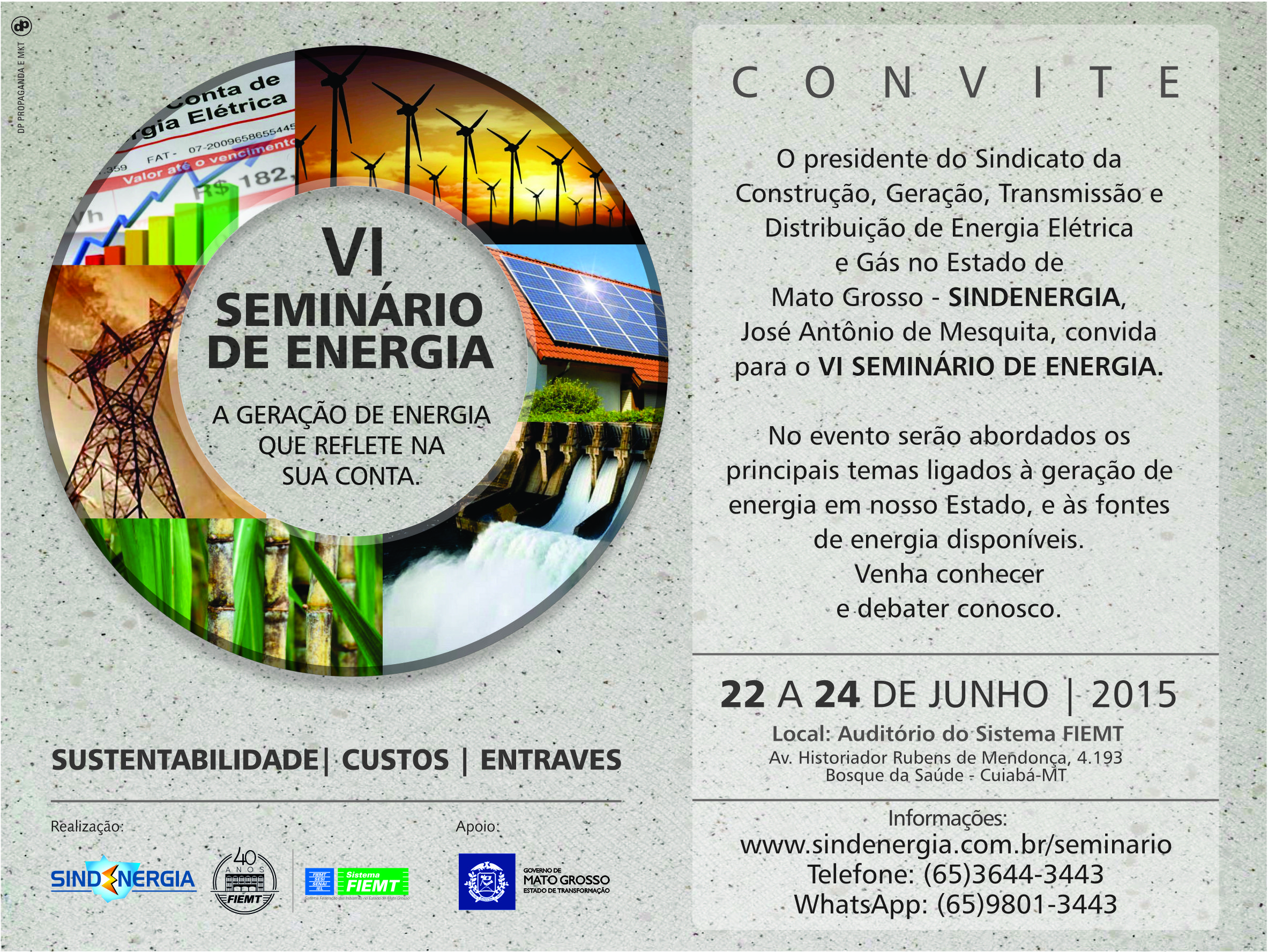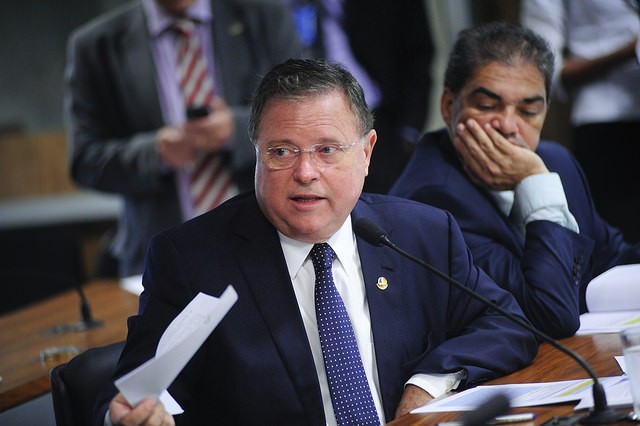Fonte: ANEEL
 Published on 7/14/2012, the Call for Strategic R&D Projects no. 014/2012: “Technical and Commercial Arrangements for the Insertion of Electric Energy Generation from Biogas stemming from Liquid Residue and Effluents in the Brazilian Energy Grid” received a total of 23 proposals, with investments of around R$ 476 million.Among those companies that presented proposals, those that stand out are Companhia Paulista de Força e Luz, Copel Geração e Transmissão S.A and Eletrosul Centrais Elétricas.(See the list here).
Published on 7/14/2012, the Call for Strategic R&D Projects no. 014/2012: “Technical and Commercial Arrangements for the Insertion of Electric Energy Generation from Biogas stemming from Liquid Residue and Effluents in the Brazilian Energy Grid” received a total of 23 proposals, with investments of around R$ 476 million.Among those companies that presented proposals, those that stand out are Companhia Paulista de Força e Luz, Copel Geração e Transmissão S.A and Eletrosul Centrais Elétricas.(See the list here).
The projects project the installation of 33.7 MW in generation plants from biogas from liquid residue and effluents.The evaluation of the proposals, with the participation of Brazilian and foreign specialists, is scheduled for December 3-6 at Agency installations.
ANEEL’s Strategic R&D considers themes of national interest and of great importance to the electric sector, involving great complexity in scientific or technological terms and low attractiveness for investment as an isolated or individual strategy.Furthermore, future projects should demand joint and coordinated efforts by several companies and executing entities and major financial resources.That is the case of biogas generation.According to a study by ANEEL, more than 95% of the energy recovery of residue in Brazil is concentrated in the sugar and alcohol sector, based on the burning of bagasse, and the paper sector, through the use of black liquor.Among the biomass thermoelectric plants in operation, practically 1% is from biomass (19 plants, totaling little more than 77 installed megawatts).Successful experiences in Germany permit supposing significant gains in the energy balance when considering the portion of materials that could be recycled before being sent to landfills.
The National Solid Waste Law (Law no. 12.305/2010) stipulates that, starting 2014, only residues without economic feasibility for recovery should be deposited in landfills.The law also determines that open-air landfills and controlled landfills must be closed.According to the National Basic Sanitation Survey (2008), only 28% of waste final disposal units are classified as landfills – that is, 72% of all final disposals would be inappropriate.
The obligatory nature of investing resources in R&D is stipulated in law and in the concession contracts. The Agency is responsible for regulating the investment in the program, monitoring project execution and evaluating the results.Legislation establishes that concessionaires, permissionaires or authorized electric energy distribution, transmission and generation companies shall invest a minimum percent of their net operating revenue annually in the electric energy R&D Program.The guidelines and instructions that govern project elaboration are in the R&D Manual. Check here. (FS/PG)








